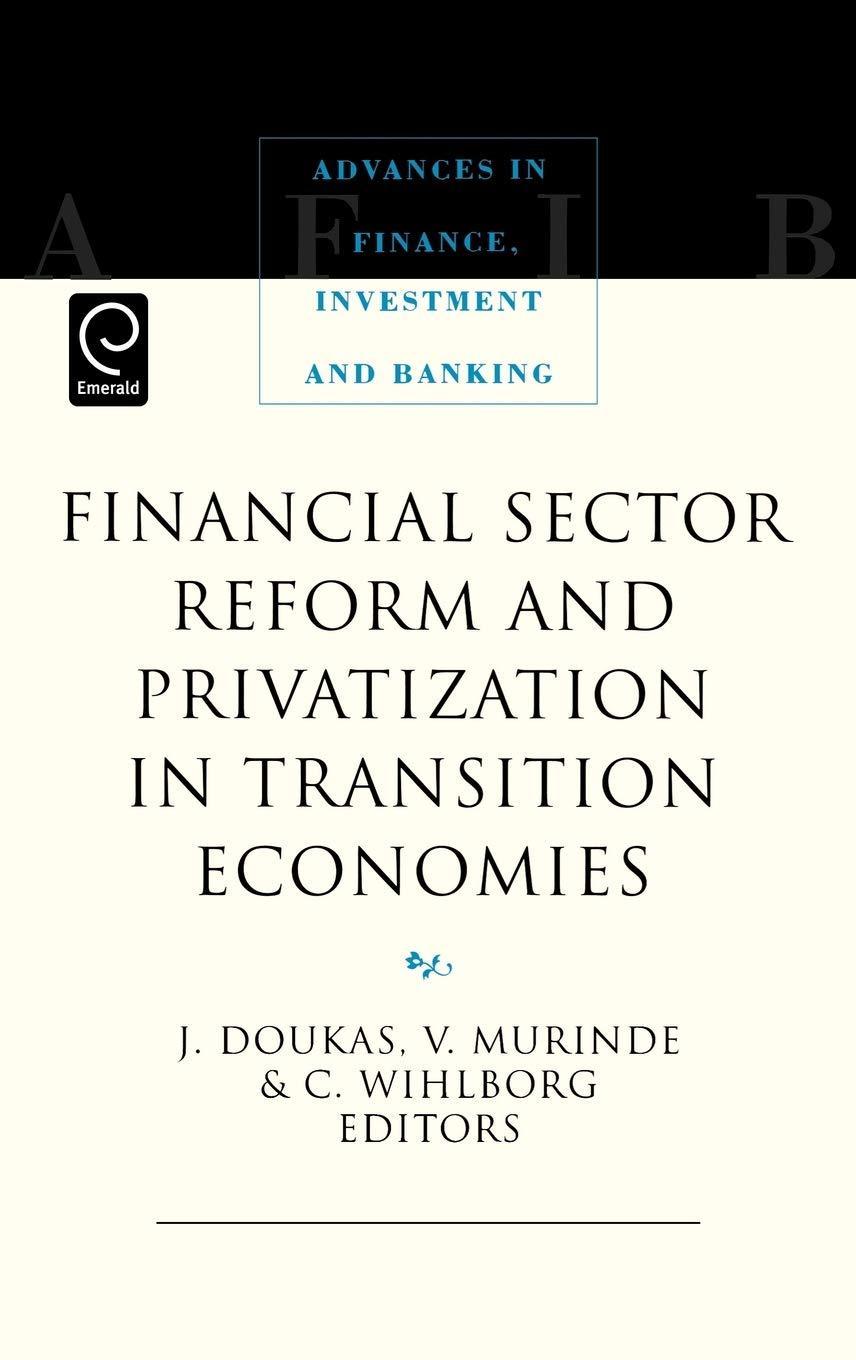Question
Suppose a stock had an initial price of $53 per share, paid a dividend of $2.28 per share during the year, and had an ending
Suppose a stock had an initial price of $53 per share, paid a dividend of $2.28 per share during the year, and had an ending share price of $46. Compute the percentage total return. Enter the answer in 4 decimals e.g. 0.1234.
Calculate the arithmetic average of the following returns.
Year Return
1 0.19
2 0.17
3 -0.02
4 -0.20
5 -0.18
Enter the answer with 4 decimals, e.g. 0.1234.
Calculate the standard deviation of the following returns.
Year Return
1 -0.14
2 -0.17
3 -0.19
4 0.28
5 0.13
Enter the answer with 4 decimals, e.g. 0.1234.
Calculate the variance of the following returns.
Year Return
1 -0.20
2 0.04
3 -0.14
4 0.25
5 0.14
Enter the answer with 6 decimals, e.g. 0.123456.
A stock has an expected return of 0.10, its beta is 0.95, and the expected return on the market is 0.05. What must the risk-free rate be? (Hint: Use CAPM) Enter the answer in 4 decimals e.g. 0.0123.
Step by Step Solution
There are 3 Steps involved in it
Step: 1

Get Instant Access to Expert-Tailored Solutions
See step-by-step solutions with expert insights and AI powered tools for academic success
Step: 2

Step: 3

Ace Your Homework with AI
Get the answers you need in no time with our AI-driven, step-by-step assistance
Get Started


